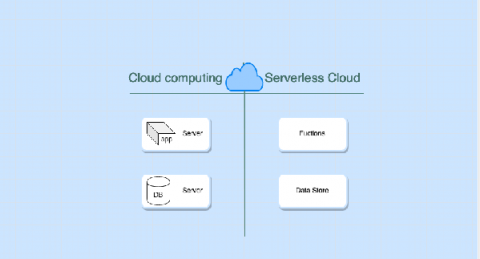Brick and Mortar Stores are Now Built Brick by Brick with Digital Insights
In my last three blogs (Get to Know Your Retail Customer: Accelerating Customer Insight and Relevance; Improving your Customer-Centric Merchandising with Location-based in-Store Merchandising; and Maximizing Supply Chain Agility through the “Last Mile” Commitment) I painted a picture that showed an ever-changing landscape in retail, considering that consumers are more in control than ever, mobile (at least somewhat digitally mobile considering the pandemic) and socially connected.











